On Thursday February 11th I had the pleasure of being invited as a guest of Ilenia Carbonara, @lasommelier_dellarte. We kindly talk about my career, my origins and also about my artistic research. Here’s asummary of the interviewso that you get to know me better.
Why did you get involved with art and which artist inspires you the most?
I am a Venezuelan and I have always had a great passion for art, but studying it was not possible. I am a Political Science graduate and then became a career diplomat, a position I held with passion for almost 23 years.
2011 was the year of change for me. During my professional career and my traveling abroad I have continued to cultivate my passion for painting.
When I was a diplomat in Rome, while working at the embassy of my country to the Holy See, I began to attend an art studio that overlooked Piazza Navona, quite a fascinating place.
There, I studied drawing and painting for 4 years with an excellent teacher (Ninni Verga). Then I was transferred to Venezuela, where I used to receive the artists who came by the diplomatic offices.
When I stopped working, I experienced difficult moments regarding the search for my new identity; I was used to my independence. Finding me out of work put me to the test. Fortunately, painting helped me.
At that time, I was living in Naples. I started to draw again. Afterwards, 6 years ago my family and I moved to Bologna and then I felt the need to improve my technique, so I started studying and painting again, but this time around full time. I haven’t stopped ever since.

Which artists do you prefer? which artist inspires you the most?
I can say that the diplomatic experience brought me closer to the classics, to the great masters like Michelangelo.
I remember that during the greetings to the Pontiff at the beginning of the year, the Diplomatic Corps were received in the Sistine Chapel and I spent those hours looking at those wonderful frescoes.
I remember that I did some studies of the Delphic Sibyl (I was struck by the look, the movement of the body, the lights and shadows, the muscles, which would later be the target of my artistic research).
I admireDegas, Gauguin, Dali and among Venezuelan artists, I like Arturo Michelena, Jesùs Soto and Armando Reveròn.
Tell us when you met Giovanni Paolo Il
Some time ago I wrote a post about this meeting. [https://www.instagram.com/p/CGzeYZJsElg/?utm_source=ig_web_copy_link]
I was very young. I was 26 years old. If I look back, I realize the scope of that experience. I took it very humbly and lightly.
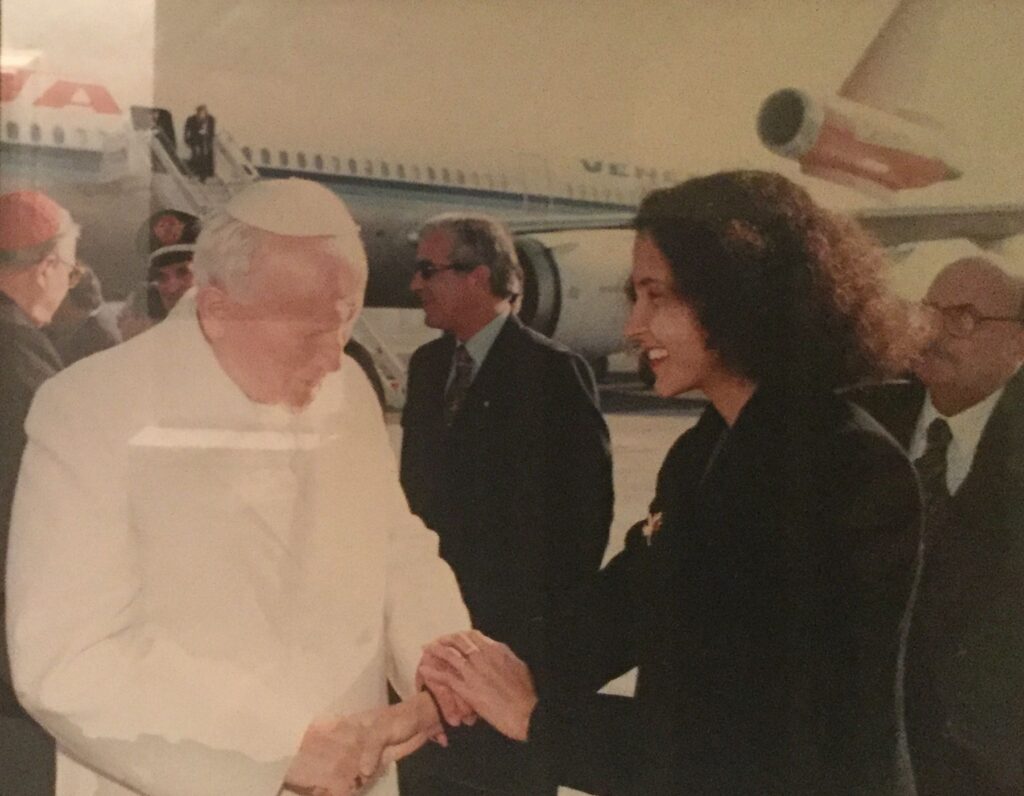
I was the youngest and one of the last to have arrived at the embassy. My career was just beginning. I remember that the Vatican ceremonial was very rigid. When a new ambassador was appointed, the diplomatic officials of the embassy were called to accompany the new Head of Mission to the presentation of credentials to the Pontiff.
I was fortunate to attend various meetings and; therefore, found myself in the presence of his Holiness many times.
Obviously, the conversation with the Pope and the Ambassador was private, but once the conversation was finished the doors would open and those of us who were waiting in the magnificent rooms were invited to join and greet the Pope.
I remember being the last in rank, I was Third Secretary, I was the last to say hello. The pope asked me in spanish (he was a polyglot) why are you here? Why aren’t you studying at school? What are you studying? Of course it was a joke due to the fact that I looked younger and obviously he was impressed with my youth and my position.
Then they gave me a rosary (like the others, an exchange of gifts) and the Pontiff when he gave it to me he told me to take it to my mother´s and recommended me to tell her that it was a gift from Pope John Paul II for the good work that she had done with me.
There were other meetings, and in one of them in which I accompanied the delegation of the then Venezuelan Head of State on an official visit to Rome, I stayed on the sidelines (because of protocol issues) and the Vatican ceremonial chief called me and invited me to join the group. There, I also had the opportunity to get to know him closely. In short, he was a great politician but above all a man who cared about people.
Do you have new art projects in the future?
Now I am focused on promoting my art online and for this I invest in continuous training and networking.
The challenge is not to lose the creative vein and my artistic research focused on the study of figure and color, light and the use of matter. But I am always aware of my origins and my land.
I want to draw attention to other realities that are often forgotten, such as the situation of exploitation and abandonment of some peoples and children, but also the threatened ecosystem of the Amazon.
But I always do it with a smile, the power of color, because I want those who admire my works to experience a serene reflection and enjoy the expressiveness that I try to convey.
I have a group exhibition and some contests planned if Covid allows it.

What do you miss the most about your land? Do you go back often?
I miss the liveliness, joy and lightness of the people. The Venezuelan people are going through a difficult economic, political and social situation, and as if it were not enough there is the Covid scourge and the lack of medical attention.
People there have electricity once in a while and lack water or even gasoline (paradoxical given that it is one of the main oil producers in the world) in short, a poorly managed rich country.
But people are always ready to make a joke and see the positive side of this situation. Where I live there are wealthy people who smile little or who get sad because they don’t know if they will be able to go skiing this winter or to go to the tropics next summer.
I also miss my family. I have a twin sister who I am very attached to. Until three years ago we always gathered here in Italy or in America. The crisis and Covid have prevented these meetings from happening.
I used to travel every year. I have not been back to Venezuela for 6 years. My mother died and the political crisis has deepened. Mine has also become a risky country from a security point of view. Which affected my decision to wait to travel and hope for a better future because I would like to return with my daughters.
I miss the colors, the aromas, the landscapes, a void that I try to fill through the images and stories that my people give me and that I turn into my inspiring themes.
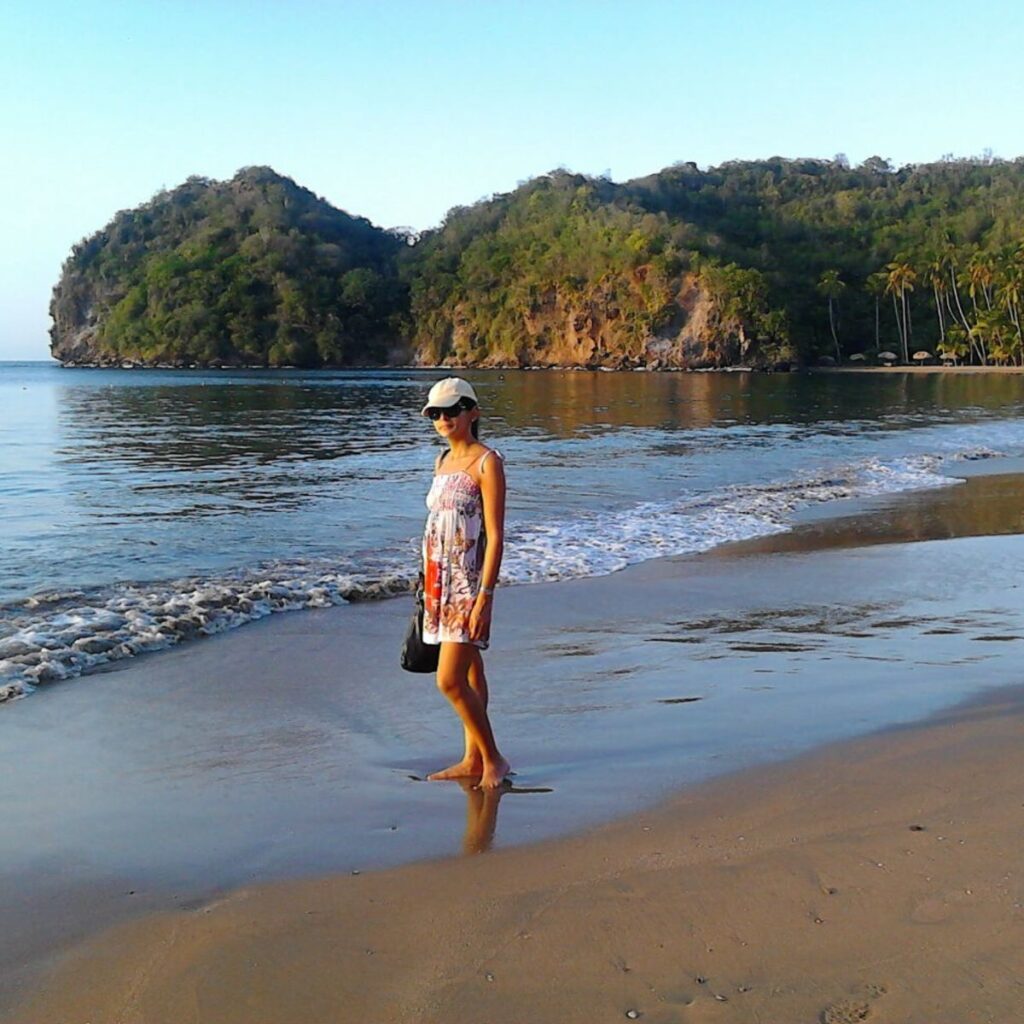

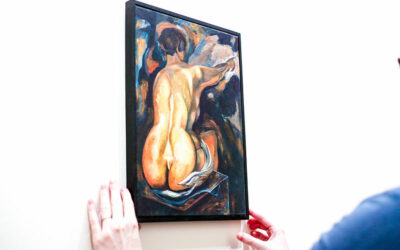
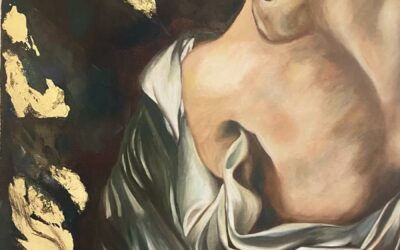
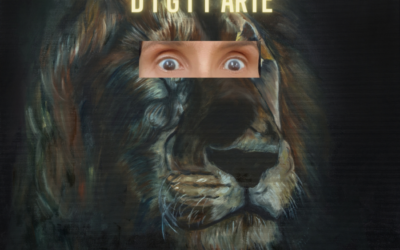
0 Comments